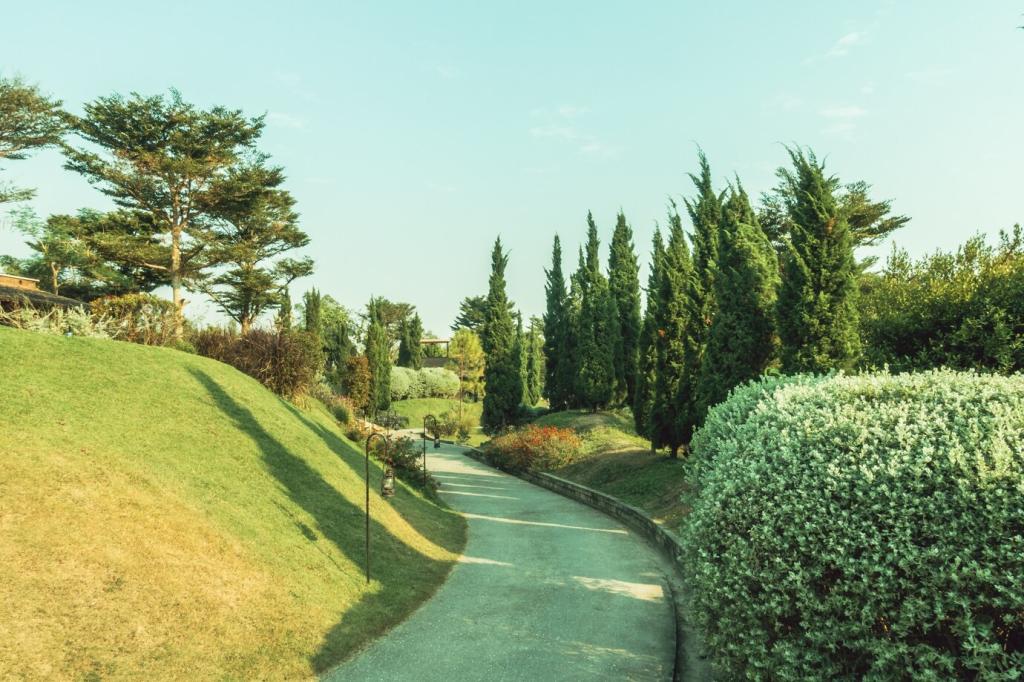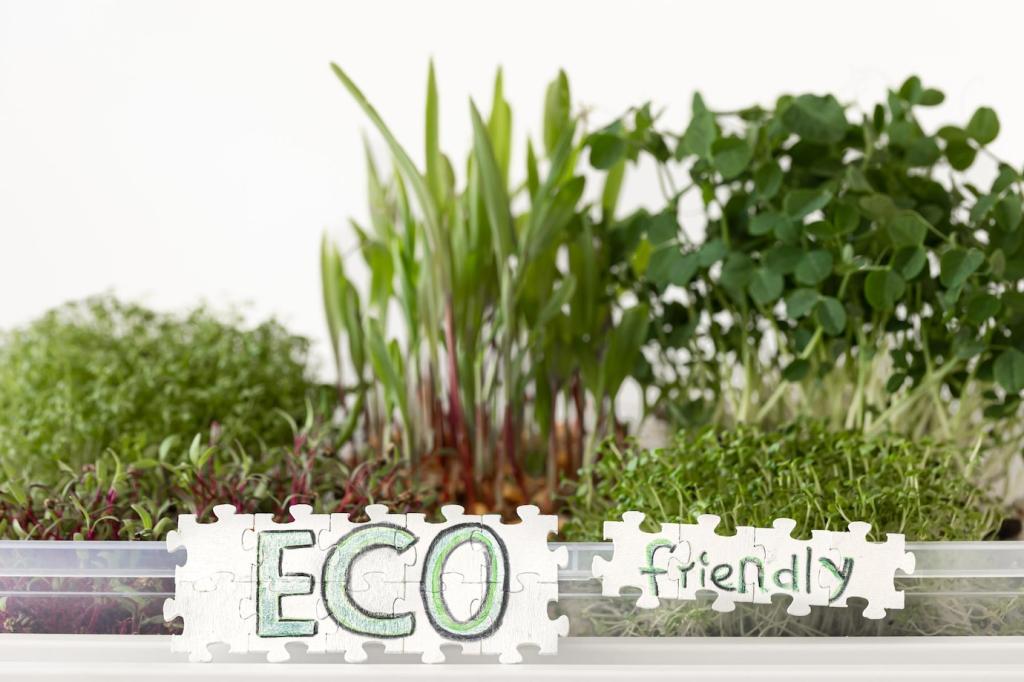Trees and Shrubs: Long-Term Carbon Anchors
Select native or well-adapted trees with high growth potential and longevity, such as oaks, chestnuts, or serviceberries. Diverse species spread risk from pests and heat waves. Tell us which resilient trees are thriving in your region and why.
Trees and Shrubs: Long-Term Carbon Anchors
Plant where roots can expand and canopies mature without conflict. Proper spacing boosts growth rates and carbon uptake. Share a planting map or sketch of your yard, and ask the community for feedback on maximizing carbon canopy coverage.
Trees and Shrubs: Long-Term Carbon Anchors
Water deeply during establishment, add composted mulch, and prune thoughtfully to sustain vigorous growth. Healthy trees accumulate and retain more carbon. Post your pruning calendar and tips for reducing stress during hotter, drier seasons.
Trees and Shrubs: Long-Term Carbon Anchors
Lorem ipsum dolor sit amet, consectetur adipiscing elit. Ut elit tellus, luctus nec ullamcorper mattis, pulvinar dapibus leo.








